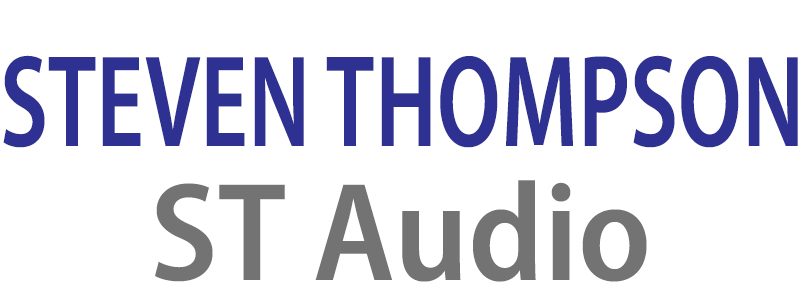P.A. Consumer Advice
And By Way Of Conclusion…
If you’re considering investing in a new P.A. system, then from a consumer advice standpoint, this project concludes that;
Often in 150 (seated) capacity venues, which have broadband reverberation times of less than 1 second, and for the delivery of a range of popular types of mobile sound entertainment including DJing, vocal acts and function bands, it is possible to attain professional sounding P.A. with a left and right F.O.H system, including amplification, costing less than £1500. (This does not include monitors).
Based on;
– My experience as a performer who also supplies P.A.,
– The research conducted through university,
– And the specific experiments conducted ahead of writing this piece,
This project concludes that there are measurable, but minimal gains to be had when using so called highly engineered systems in venues larger than 150 seated capacity. In venues which exert greater challenges to sound reinforcement, these gains become more noticeable by listening observation.
There are alterations which the well informed operator can make to the positioning, levels and frequency balance of the P.A. which they already own, that can lead to a considerably more desirable listening experience in terms of level, clarity and avoidance of feedback.
Summary Of Recommendations
– Consciously determine and continue to monitor appropriate level.
– Protect listeners who are closet the P.A. from uncomfortable sound pressure levels, by increasing the distance of the P.A. to those guests in closest proximity.
– Occasions exist where having a lower level zone further away from the P.A., befits the needs of guests who wish to converse. However this shouldn’t discourage P.A. operators away from methods to reduce reverberation (and increase intelligibility), at the back of a venue. It is worth noting that in significantly reverberant halls, more acoustic energy reaching the walls floor and ceiling will likely cause it to seem louder at the back of a room, than if the system had a more directional pattern control.
– Prioritise time during set up to consider the acoustic character of the indoor venue. Make small, overall system EQ and loudspeaker placement adjustments until improvement is notable from listening observation.
In situations where gain before feedback is severely limited;
– Consider use of a different microphone, or make adjustments to the distance between the microphone and the loudspeaker system.
– Use a graphic equaliser or automatic feedback suppressor to reduce the most resonant of frequencies.
Being The Events Sound Manager
I’ve found that opportunity exists to add value to events by, in addition to providing entertainment and P.A., also assuming the responsibilities of a role which I refer to as the event’s sound manager.
And this isn’t just because I like fancy titles… it encompasses a range of methods for offering customers a more professional P.A. service. Some of the functions of this role are simply a formalisation of duties already being carried out by the most astute P.A. operators and performers: but if you’re doing them well, promote it and up sell that as part of your sound entertainment service.
Examples of this enhancement of a mobile P.A. service, discussed earlier in the guide include;
– The advantages to both remittance and sound clarity, achieved by supplying drapes along with P.A. services, as a combined package, (which can be reviewed here)
– Consistently giving direction to guest microphone users in order to improve gain before feedback, (which can be reviewed here)
